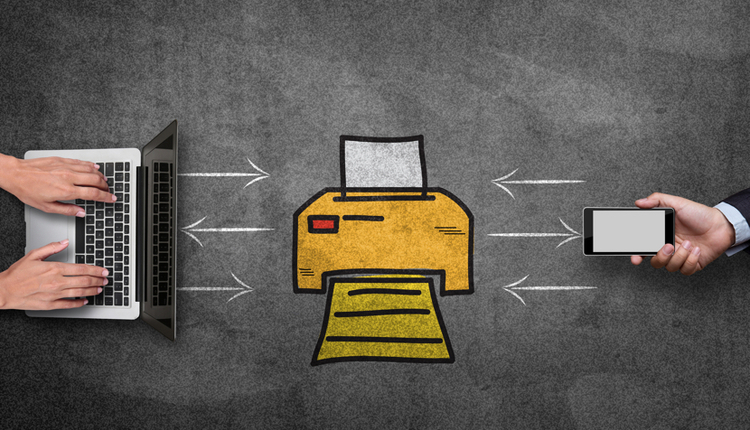In their recently released "2010-11 Worldwide Market for Document Capture Software Report" Harvey Spencer Associates, Inc. reports that, despite the adverse economic circumstances of the past year, the document capture software market grew 2.1% in 2009 to just under $2 billion. That this is now a global market was borne out by significant gains in Latin America and EMEA being offset by a 10% decrease in sales in North America.
Harvey Spencer Associates segments the market into two main categories based on the purpose of capturing the document: image and transactional processing, which are each sub-divided into capture method categories of batch or ad hoc. The changes in the growth rates of these segments over the past few years illustrate how much business has changed, how it thinks about business inputs and how it has changed its methodology in dealing with those inputs. Basically, the purpose of processing images or transactions can be equated to the old terms of document imaging and forms processing. Image processing captures the image of a document and then feeds that image, frequently in a batch, into an ECM, workflow or archiving system. Transactional processing, akin to forms processing or data capture, extracts whatever data is required from a document to complete a process, such as invoice payment. The image can then be archived or dealt with according to relevant regulatory and compliance parameters.
The batch and ad hoc segments are more self-explanatory with batch referring to large, frequently centralized, scanning of collections of like documents — this often involves significant document separation, including insertion and removal of batch separation sheets. Ad hoc is on-demand, frequently departmental, scanning often using a MFP or similar device. Ad hoc scanning can, of course, include small batches, and where it is used for transactional processing, frequently will.
The pace of business has, and continues to, accelerate. The closer that data/information can be captured to its entry into the organization, the more quickly it can be processed. Faster processing gives companies greater control over their business processes and the ability to make timely and relevant business decisions. The fastest growing segment in 2009 was transactional batch, which grew 4.2%, where large numbers of documents are captured and fed directly into a business process. This growth was fueled, in large part, by the uptake of automated invoice processing combined with procure-to-pay, where invoice payment is fully automated from paper receipt, to purchase order and receipt reconciliation, to check issuance. Timely decisions on discounts help in achieving fast paybacks on these systems.
The advent of Check 21 has resulted in checks being scanned in branches of banks, in corporations and now with customers' cell phones, reducing costs while providing faster deposits and more customer loyalty.
Other industries will see the myriad advantages of recognizing scanned images, whether barcodes, text or just image. For example, supermarkets may offer programs to use cell phones as kitchen barcode scanners so that consumers may scan the barcode of packages that are emptied with the camera and create a shopping list for use on arrival at the store.
There are many, many opportunities to leverage capture and recognition technologies — the future of document capture looks bright.
LESLEY HILL [lesley.hill@hsassocs.com] is an associate with Harvey Spencer Associates, Inc., a company specializing in the document capture market. The full report, "2010-11 Worldwide Market for Document Capture Software," is available via subscription at www.harveyspencer.com.






![GettyImages-1211616422-[Converted]](https://cms-static.wehaacdn.com/documentmedia-com/images/GettyImages-1211616422--Converted-.2413.widea.0.jpg)


